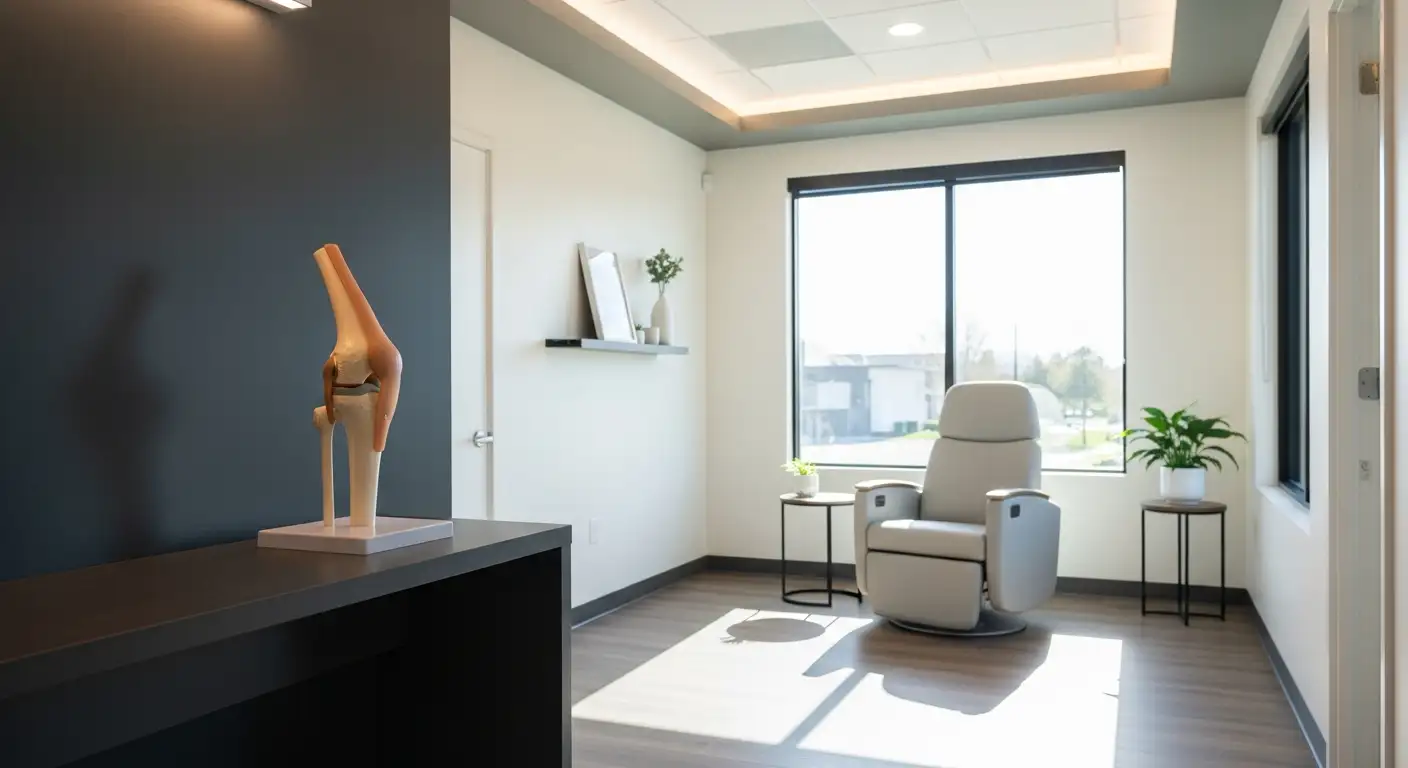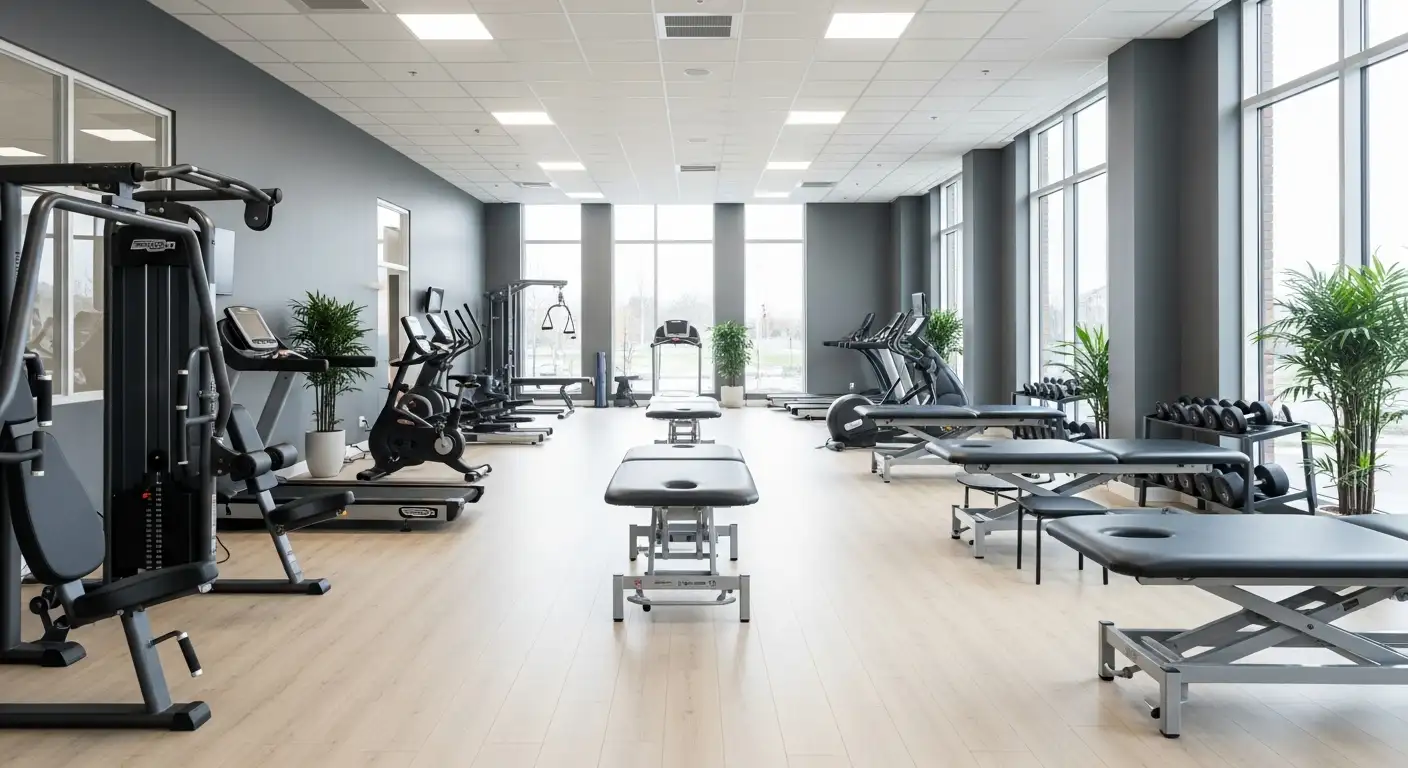Understanding Hamstring Stretches
Importance of Stretching for Seniors
Stretching is an essential practice for seniors as it plays a significant role in maintaining mobility and flexibility. As individuals age, muscle elasticity diminishes, which can lead to restricted movement and increased risk of falls. Stretching hamstrings specifically can enhance balance, ease daily activities, and alleviate lower back pain. It is crucial for seniors to prioritize stretching as part of their regular exercise routine to minimize discomfort and promote overall quality of life [1].

Seniors should aim to stretch their hamstrings at least 3 to 5 times a week. Each session should include 3 to 5 repetitions of various stretches, holding each stretch for 15 to 30 seconds. Consistency is key to achieving and sustaining flexibility.
FrequencyRepetitionsHold Duration3-5 times a week3-5 repetitions15-30 seconds
Benefits of Hamstring Stretches
Hamstring stretches provide numerous benefits that can positively affect seniors' physical health. These stretches help reduce discomfort associated with tight muscles, enhance posture, and ultimately improve daily function. They also contribute to injury prevention by keeping the hamstrings flexible and strong.
The primary benefits of hamstring stretches include:
By incorporating hamstring stretches into their routines, seniors can combat the natural effects of aging on their muscles and joints. It's advisable for seniors to consult a healthcare provider or physical therapist to create a personalized stretching regimen suited to their specific needs. For more comprehensive knee care, consider exploring our articles on knee exercises for seniors and quad tendonitis exercises.
Guidelines for Safe Stretching
Precautions Before Stretching
Before starting any hamstring stretches for seniors, it is essential to follow some precautions to ensure safety and effectiveness. Warming up the muscles with light cardio and dynamic stretches is crucial. This helps to prepare the body and reduce the risk of injury. Having a sturdy chair or counter nearby can provide balance support during stretches.
It is vital to listen to the body and stop immediately if sharp pain is felt. Understanding one's limits is key to preventing injuries. Seniors should stretch to the point of tension but not pain, and it is advisable to avoid bouncing during stretches. For individuals with chronic conditions or injuries, consulting a doctor or physical therapist before beginning any new exercise routine is highly recommended. For more information on related exercises, visit our page on knee exercises for seniors.
PrecautionImportanceWarm-up with light cardioPrepares muscles and reduces injury riskUse a sturdy chair for balanceProvides support during stretchingStop if sharp pain occursPrevents injury and ensures safetyUnderstand personal limitsHelps avoid overexertion
Consistency in Stretching Routines
Establishing a consistent stretching routine is vital for improving flexibility and strength over time for seniors. Regular performance of hamstring stretches should occur at least three times a week. Each session is recommended to last around 10-15 minutes. Consistency leads to greater improvements in flexibility, which is especially beneficial as hamstrings weaken with age due to the tendons and muscles losing elasticity [1].
Incorporating hamstring stretches into a weekly schedule can maximize their benefits. It helps maintain mobility, reduce stiffness, and potentially lower the risk of injuries. For additional tips on stretching techniques, feel free to explore our article on quad tendonitis exercises.
Stretching FrequencyRecommended DurationBenefits3 times a week10-15 minutesImproves flexibility and strength
By adhering to these guidelines for safe stretching and maintaining consistency, seniors can enjoy the numerous benefits of hamstring stretches while reducing the risk of injury.
Effective Hamstring Stretches
Incorporating hamstring stretches into a regular routine can help seniors maintain flexibility and prevent injuries. Below are three effective hamstring stretches that can be easily performed at home.
Seated Chair Stretch
The Seated Chair Stretch is a simple and effective way for seniors to stretch their hamstrings while seated. This stretch can easily be incorporated into daily routines and is particularly beneficial for those with limited mobility.
How to Perform:
Recommended FrequencyDurationAt least 3 times a week15-30 seconds per leg
Standing Hamstring Stretch
The Standing Hamstring Stretch is ideal for seniors looking to improve their balance while stretching. This stretch requires standing support and can be done near a wall or counter for added stability.
How to Perform:
Recommended FrequencyDurationAt least 3 times a week15-30 seconds per leg
Lying Down Stretch
The Lying Down Stretch is a more passive option for stretching the hamstrings. It is beneficial for those who may find standing difficult or uncomfortable.
How to Perform:
Recommended FrequencyDurationAt least 3 times a week15-30 seconds per leg
Incorporating these stretches into a regular exercise routine can significantly enhance flexibility and reduce the risk of injuries. Consistency is key to seeing improvements, so seniors should aim to perform these hamstring stretches at least three times a week. For further exercises targeting leg strength and flexibility, consider exploring knee exercises for seniors or quad tendonitis exercises.
Enhancing Mobility and Stability
Incorporating hamstring stretches as part of a regular routine is essential for seniors looking to improve mobility and stability. Stretching not only keeps the muscles flexible but also plays a significant role in enhancing balance.
Impact of Stretching on Balance
Stretching the hamstrings is particularly crucial for seniors, as it directly influences their balance. As individuals age, their tendons and muscles lose elasticity, leading to decreased mobility and increased risk of falls. Regular hamstring stretches can improve muscle elasticity, which ultimately enhances mobility and stability [1].
Flexibility in the hamstrings supports better posture and movement patterns, reducing the likelihood of lower back pain and movement restrictions. This is especially important as a stable base helps prevent falls, which can lead to serious injuries in older adults.
Benefit of StretchingImpact on SeniorsImproves flexibilityEnhanced mobilityIncreases muscle elasticityBetter posture and balanceReduces tension and discomfortLess lower back painLowers risk of fallsIncreased independence in daily activities
Incorporating Balance Exercises
To further enhance stability, it's beneficial to integrate balance exercises alongside hamstring stretches. This combination improves overall functionality and reduces fall risk. Seniors can perform simple balance exercises, such as:
Incorporating these exercises into a routine, along with hamstring stretches, can foster greater confidence in movement. This approach leads to improved quality of life, allowing seniors to continue enjoying their daily activities with ease and stability. For additional support in managing knee health, explore our knee exercises for seniors to complement your stretching routine.
Maintaining Muscle Elasticity
To promote overall health, seniors need to focus on maintaining muscle elasticity, especially in the hamstring muscles. Weak hamstrings can lead to a variety of mobility issues and increase the likelihood of injuries.
Overview of Hamstring Muscles
Hamstrings play a vital role in basic movements, such as standing, walking, and bending the knee. These muscles support complex actions, including jumping and turning at the hip. As individuals age, hamstrings often lose elasticity, making them more susceptible to injuries and impeding mobility [2].
The hamstring complex consists of three main muscles:
Hamstring MuscleFunctionBiceps FemorisFlexes the knee and extends the hipSemimembranosusAssists in knee flexion and hip extensionSemitendinosusAids in knee flexion and hip extension
As hamstrings weaken or lose elasticity, seniors may experience difficulties with daily activities, particularly those that require strong leg muscles.
Strengthening Hamstrings
Targeted exercises can help strengthen the hamstrings, improving overall leg strength and flexibility for seniors. By proactively engaging in workouts that focus on these muscles, seniors can significantly enhance their stability and mobility. Regular hamstring stretches not only promote flexibility but also reduce lower back pain and lower the risk of falls, contributing to an overall better quality of life [1].
Some effective strengthening exercises include:
Exercise NameFocusStep Down ExerciseImproves strength and stability in the legsTowel or Strap StretchEnhances flexibility and range of motionProne Quad StretchStretches the front of the thigh while engaging the hamstrings
Incorporating these exercises into a regular fitness routine can greatly benefit seniors. Before starting any new exercise program, it is advisable for seniors to consult a healthcare provider or physical therapist, especially if they have pre-existing conditions or mobility limitations. For more exercise options focused on knee health, consider checking our section on knee exercises for seniors.
Developing a Stretching Routine
Creating a consistent stretching routine is essential for seniors to experience the benefits of hamstring stretches. This section will outline the recommended frequency of hamstring stretches and the duration and intensity of each session.
Frequency of Hamstring Stretches
Seniors are encouraged to perform hamstring stretches at least three to five times a week. This frequency allows for the maintenance and improvement of flexibility and mobility. A well-structured routine typically includes:
Stretching FrequencyRecommended SessionsMinimum3 times per weekIdeal5 times per week
Recording the number of times stretches are performed each week can help ensure consistency. Each session can include three to five repetitions of each stretch, which is important for effectively increasing flexibility over time [1].
Duration and Intensity of Stretches
During each stretching session, seniors should aim for a duration of 10 to 15 minutes. This timeframe is sufficient to thoroughly stretch the hamstrings and other potentially tight areas. For optimal results, each individual stretch should be held for 15 to 30 seconds. Here is a suggested duration for stretching routines:
Session DurationHold Time Per Stretch10 - 15 minutes15 - 30 seconds
Seniors must engage in slow and controlled movements throughout the stretches to avoid injury and maximize effectiveness. By maintaining a gentle approach, individuals can enhance their comfort levels while improving muscle elasticity and joint flexibility. Incorporating both hamstring and other stretches into a routine can also support overall mobility, contributing to daily activities and reducing the risk of lower back pain [2].
Regular participation in hamstring stretching activities helps promote better posture, movement efficiency, and overall well-being. For more exercises to support knee health, consider exploring knee exercises for seniors or look into other stretching options like the gastrocnemius stretch.
References
[2]:





